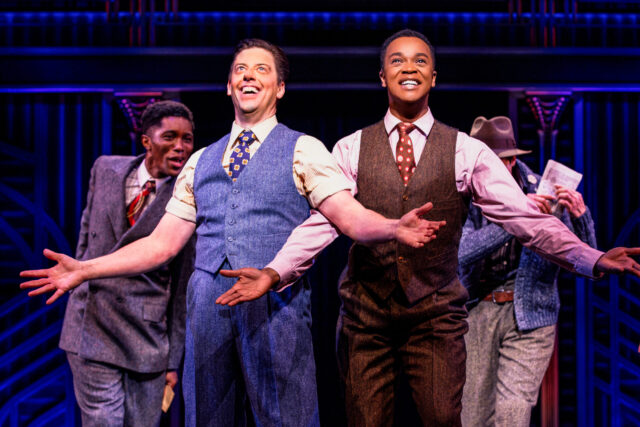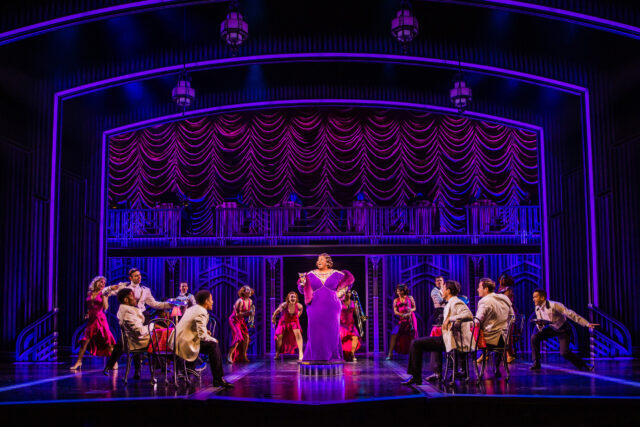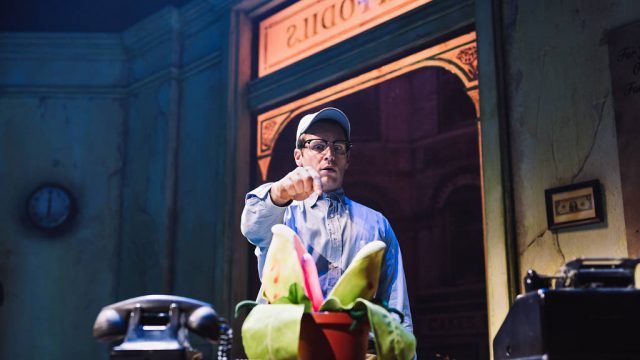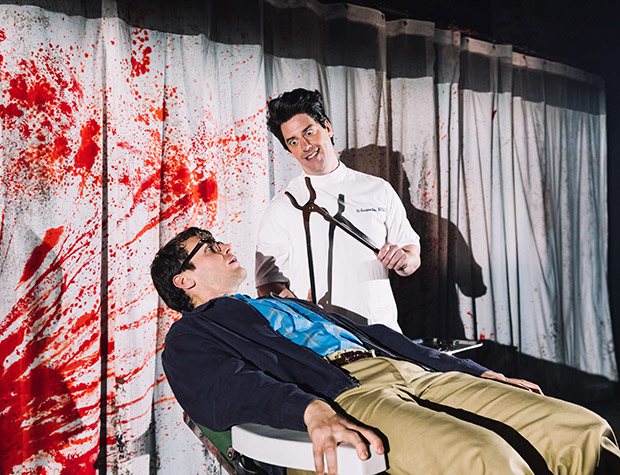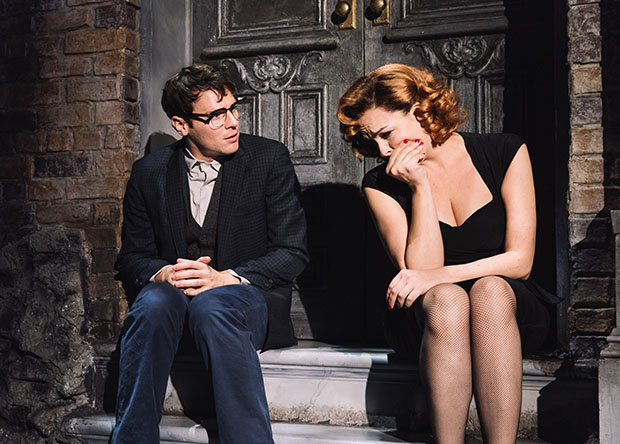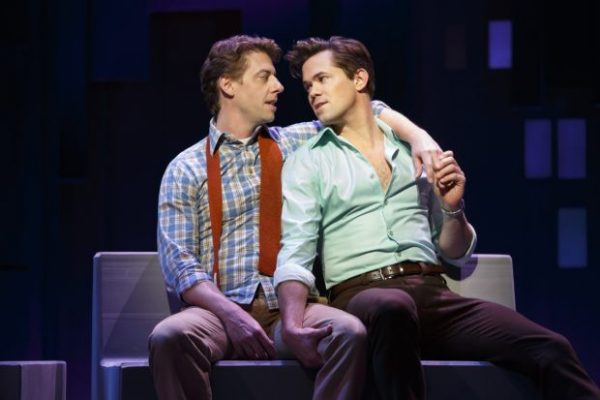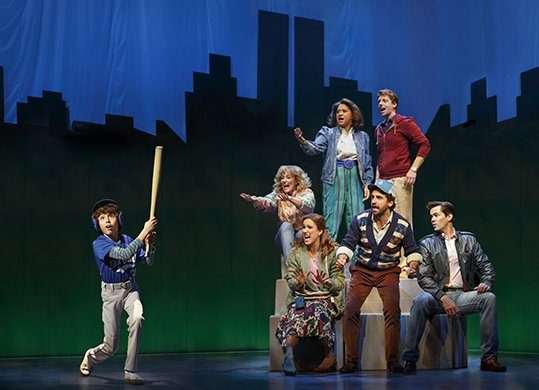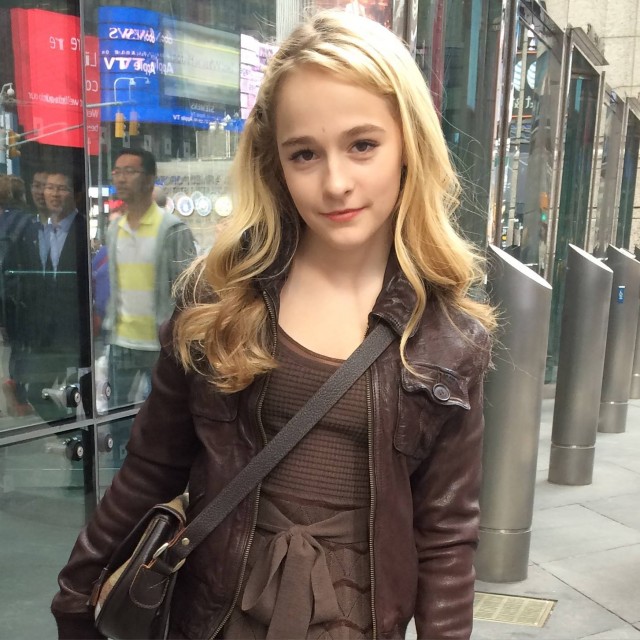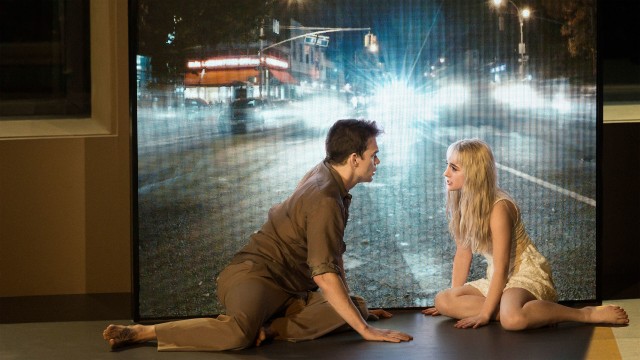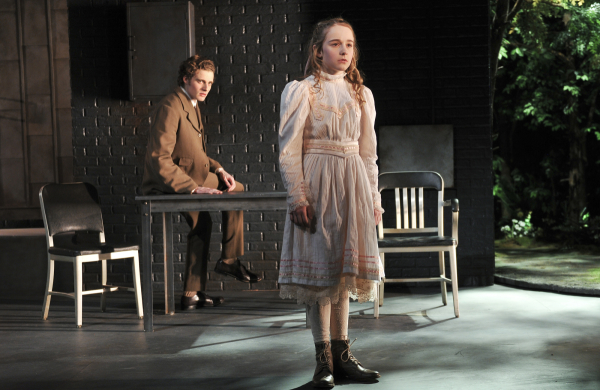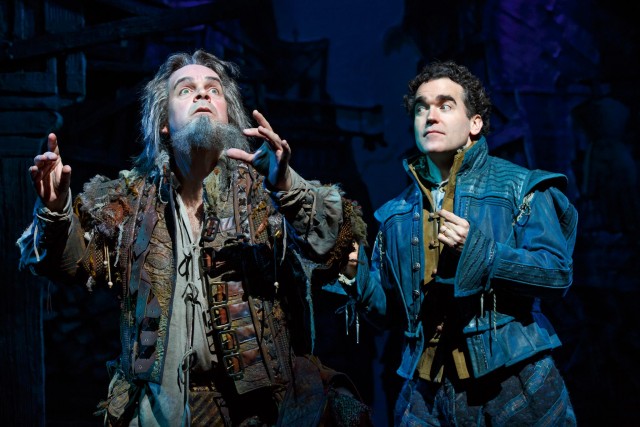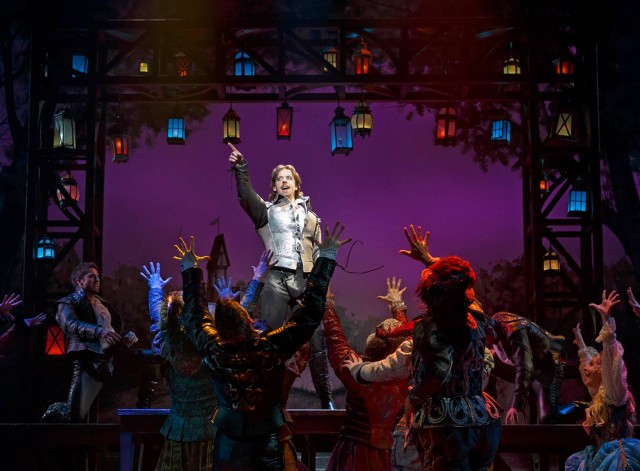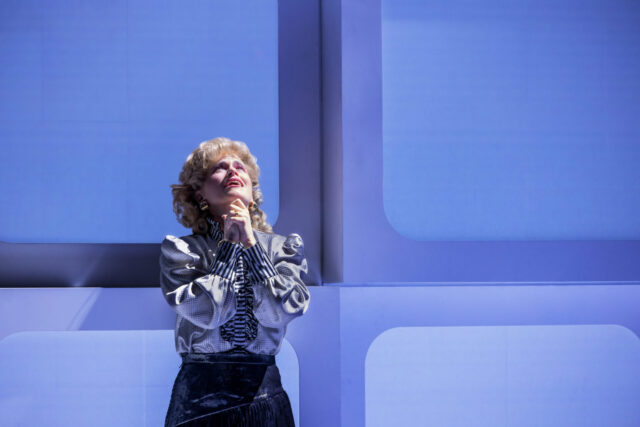
Katie Brayben’s prayers for Broadway musical go unanswered (photo by Matthew Murphy)
TAMMY FAYE
Palace Theatre
1564 Broadway at Forty-Seventh St.
Through December 8, $59.75-$119
tammyfayebway.com
It’s extremely rare for a professional critic to see and review a new Broadway show that has already posted its closing notice. Two years ago, I saw KPOP at Circle in the Square; it announced it was closing a few days later, right before my review went up.
But I ended up seeing Tammy Faye — the much-heralded British import that had been nominated for four Olivier Awards across the pond, including Best New Musical, and won for Best Actress and Best Supporting Actor — shortly after the news came that it would be cutting its run frightfully short, following twenty-four previews and only twenty-nine regular performances. I was determined to not let that information impact my experience, but it was nearly impossible to avoid the sad truth.
Tammy Faye is the first fully fledged show in the beautifully renovated Palace Theatre, which was built in 1913; it is well worth a walk up to the top to get a bird’s-eye view of its grandiose splendor. Unfortunately, the same cannot be said for the less-than-heavenly production on the stage, which bills itself as “the story of a traveling preacher’s wife who beamed into homes with a message of hope . . . and stole the country’s heart.”
Perhaps British audiences and critics were not as familiar with the lurid story of televangelist couple Jim Bakker (Christian Borle) and Tammy Faye LaValley (Katie Brayben), who rose to stardom in the 1970s and ’80s through their satellite network, The PTL Club (Praise the Lord), backed by Ted Turner (Andy Taylor) and also featuring Trinity Broadcasting Network founders Paul Crouch (Nick Bailey) and his wife, Jan (Allison Guinn). The premise of the musical is misguided from the start, attempting to literally and figuratively raise Tammy Faye high on a pedestal and celebrate her as a feminist icon even though much of America considers her and Jim a key part of the intrusion of Christian fundamentalism into politics. The show — and the intrusion — also involves such Electric Church preachers as Jerry Falwell (Michael Cerveris), Billy Graham (Mark Evans), Marvin Gorman (Max Gordon Moore), Pat Robertson (Taylor), and Jimmy Swaggart (Ian Lassiter).
One plot point revolves around California gubernatorial candidate Ronald Reagan’s (Lassiter) appearance on The PTL Club; when Jim and Tammy Faye do not officially endorse him, their rival Falwell, who is determined to bring the Bakkers down by any means necessary, informs Reagan, “Sir, it’s time to put G-d in the White House.” Reagan replies, “Isn’t that against the Founding Father’s intentions,” to which Falwell responds, “There is only One True Founding Father, sir.” The two men then talk about returning America to “greatness again,” a reference to Donald Trump that falls with a thud.
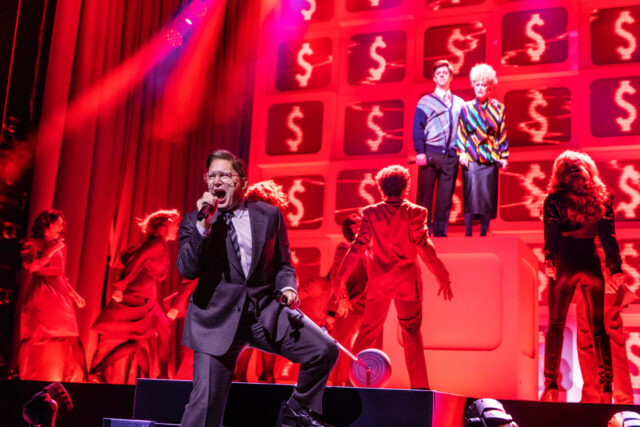
Jerry Falwell (Michael Cerveris) is out to stop Jim and Tammy Faye Bakker and The PTL Club (photo by Matthew Murphy)
The book, by James Graham (Dear England, Finding Neverland), is a paint-by-numbers retelling of Jim and Tammy Faye’s personal and professional relationship, from their meet cute at an event led by Graham — “My brothers and sisters, I cannot do this alone! So, who will join this new Christian army? Stand up and be counted!” — to Jim’s sexual misconduct with church secretary Jessica Hahn (Alana Pollard) and allegations of fraud with his right-hand man, John Fletcher (Raymond J. Lee). Tammy Faye is portrayed as an innocent throughout as well as a free-thinking conservative, especially when, on live television, she hugs Steve Pieters (Charl Brown), a gay pastor who has AIDS, sending Robertson and Falwell into a tizzy and running to Reagan for help.
Elton John’s (The Lion King, Billy Elliot) music is surprisingly bland and uninspired, while the lyrics, by Jake Shears (Tales of the City) of the Scissor Sisters, make excuses for Tammy Faye. “Now that I hear angels calling me home / What’s left of the debt to be paid / Could I have done better / Is the blame mine alone / Will I be forgiven / Or should I be afraid?” she sings in a hospital after being told she has cancer. “You’ve shown me where to find my wings / But I don’t know if they fly / Heavy is the weight of my shame / Questions run like rivers / In the tears that I cry / Will you make me answer for my name?”
Two-time Olivier winner Brayben (Beautiful: The Carole King Musical, Girl from the North Country) has been widely hailed for her performance as Tammy Faye, and it can be electrifying, but there’s a disingenuousness to it; Tammy Faye was a Christian music favorite, releasing such albums as Love Never Gives Up, We’re Blest, and Enough Is Enough, but Brayben plays her as a superstar, as if she were a pop goddess with Janis Joplin talent. There would have been no show at all if director Rupert Goold (American Psycho, Enron) had Brayben sing more like Tammy Faye, but it would have been more honest. Two-time Tony winner Borle (Some Like It Hot!, Something Rotten!) is miscast yet again, failing to capture Bakker’s boring nature, while two-time Tony winner Cerveris (Assassins, Fun Home) can’t get out from under his bad wig.
The set, by Bunny Christie, resembles a 1960s game show, with a large board of squares, like television screens, that occasionally open up to reveal characters; if only Goldie Hawn, Ruth Buzzi, Arte Johnson, or other stalwarts of Rowan & Martin’s Laugh-In could appear to provide a good laugh.
The night I went, the most exciting moment was when two-time Tony nominee Andrew Rannells (The Book of Mormon, The Boys in the Band) held court during intermission from his tenth-row-center seat; Rannells was nominated for an Olivier for playing Jim Bakker in the London production, but he opted not to continue the role on Broadway, citing a contract dispute, although perhaps he also saw the writing on the wall.
Meanwhile, the temperature in the theater never rose past lukewarm. Audience response was tepid at best, and not just because there were a lot of empty seats. It was embarrassing when the actors asked for applause, as if we were watching a broadcast of The PTL Club, and not much came. And Finn Ross’s video design is hectic and inconsistent — and downright annoying when live projections reveal Tammy Faye getting ready in her dressing room, applying makeup and singing, her voice not synched exactly to the video, a prime example of how off-kilter everything is.
It’s always sad when a show closes early, leaving many hardworking and talented people out of a job. But just as the Bakkers accepted millions of dollars from their true believers and were busted for fraud, it would be hard to justify spending any of your money on this all-around-disappointing musical.
“Just reach out and open your hands,” Tammy Faye sings in “Open Hands — Right Kind of Faith.” In “If Only Love,” she promises, “We all possess the strength we need / If you believe, then you’ll succeed.” But it takes much more than just open hands and faith.
[Mark Rifkin is a Brooklyn-born, Manhattan-based writer and editor; you can follow him on Substack here.]
